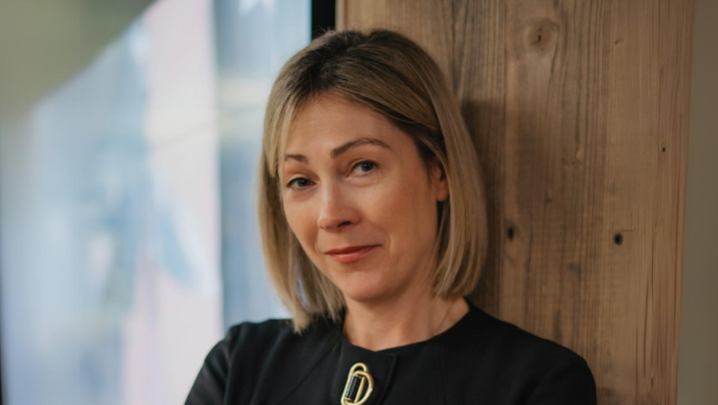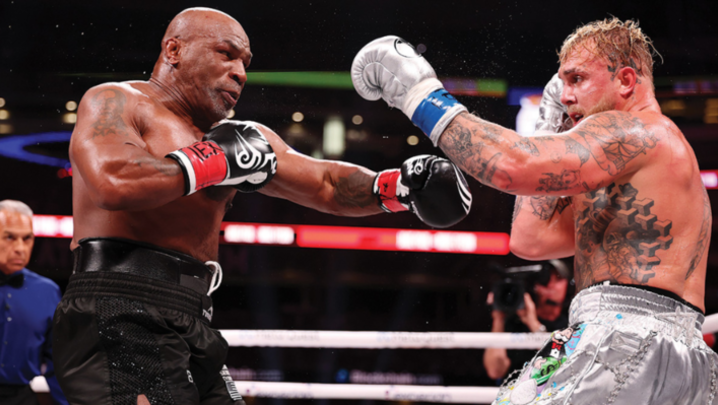Shilpa Ganatra explores how Netflix has reinvented period drama in Bridgerton, the first fruit of its tie-up with Shonda Rhimes.
As television’s great disruptor, if Netflix is to take on a Regency period drama, expect it to try and reinvent the form. Enter Bridgerton, the streaming service’s Christmas big-hitter and a fresh take on the decades-old style.
For all the show’s traditional draws, such as the opulence of the debutante season, high-society scandal and growls of “I demand satisfaction”, a modern-day sensibility has been smartly woven throughout.
“I love a good period piece, but they’re often considered a little conservative. So, from the beginning, I wanted to make the period show I’ve always wanted to see,” says the series showrunner Chris Van Dusen. “The themes we’re exploring are set in the 19th century, but the stories and the characters are universal, which is how we get to explore some modern, relatable issues on the show.”
Bridgerton is inspired by Julia Quinn’s best-selling novels, which follow the courtship fortunes of eight well-to-do siblings. This series focuses on Daphne Bridgerton (Phoebe Dynevor), who is singled out as Queen Charlotte’s (Golda Rosheuvel) pick of the debutantes.
When that doesn’t have the intended effect on her desirability, Daphne forms a pact with a steadfast bachelor, the Duke of Hastings (Regé-Jean Page), in the hope it will attract other suitors, including Prince Friederich (Freddie Stroma). But things don’t go to plan.
The set-up might sound true to its genre, but the show delves deeper to uncover relatable stories: the frustration of illicit love, family tensions and the constraint of circumstance are all unpicked.
That’s a forte of production company Shondaland, set up by Shonda Rhimes (the mastermind behind Grey’s Anatomy, Scandal and How to Get Away with Murder). Bridgerton is the first production to emerge from Shondaland’s reported $150m (£112m) deal with Netflix.
“With Bridgerton, you get a daring take on love and relationships in 19th-century London, but you also get everything that comes along with being a Shondaland show,” says Van Dusen. “These are smart, funny, tortured characters figuring out who they are.”
Much about the show stays true to Regency history. An etiquette advisor was on set to get the details right, and location shooting included Bath, London, Hatfield House and Wilton House.
But the tone and pace are atypical. There are tongue-in-cheek one-liners, and the series shows off a reimagined wardrobe (every piece was made specifically for the show, with Ellen Mirojnick leading the costume department). The soundtrack includes classical versions of hit songs from Ariana Grande and Shawn Mendes, among others, because, “when Daphne Bridgerton walks into a big ballroom and hears a song and is filled with excitement and spirit, I wanted whoever’s watching to feel the very same thing”.
A key update to the genre is the diversity of the cast, most visually in its ethnic make-up. Following on from films such as The Personal History of David Copperfield, Bridgerton has progressed from the idea that period pieces require an all-white cast.
“We knew we wanted to make the show reflect the world that we live in today,” says Van Dusen. “We wanted modern audiences to see themselves reflected on screen, no matter who they are.
“Having worked in Shondaland ever since Grey’s Anatomy, it’s what we do there. But I don’t refer to the casting as colour-blind – that would imply that colour and race aren’t considered. They’re a part of the conversation, just like class and gender.
“This is a reimagined world. It’s not a history lesson, and there weren’t any actual real Bridgertons in 1813. But I became aware of a Queen Charlotte being England’s first queen of mixed race, and many historians firmly believe there’s evidence for that today.
“It made me wonder, what could that play out like? What could have happened? Could she have elevated other people of colour in society and given them titles and lands? The idea of the Duke of Hastings was born out of that.”
Another update is an unapologetic attitude to sex. While Downton Abbey was largely a family-friendly watch, and the 1995 adaptation of Pride and Prejudice proved steamy as Colin Firth exits a lake in fine style, neither can prepare us for Daphne’s sexual awakening midway through Bridgerton.
“With the intimate scenes, we approached them from the female gaze first and foremost,” says the showrunner. “Then, it was much like an action sequence: the scenes were heavily choreographed, heavily rehearsed, and involved lots of conversations.
“It was about making sure actors felt comfortable and leaving it up to them with however far they wanted to take it. We worked with Lizzy Talbot, an incredible intimacy coordinator, and her insights were invaluable. I’m so glad that this role is becoming more and more commonplace on sets.”
Certainly, the female viewpoint that runs throughout the series is bang up to date. Up until now, period pieces showed feminism through the creation of feisty ladies and strong matriarchs.
But, more realistically, Bridgerton portrays the stifled ambition of the women of that era: the ones who are shunned for unfair reasons (such as the Featheringtons’ pregnant cousin, Marina Thompson), the ones who plainly see the injustice of their inequality (the academic Eloise Bridgerton), and, most painfully, the ones who try to make the best of the limited parameters that society offers them, like Daphne Bridgerton and even her rival, Cressida Cowper.
“What we’re really exploring here is the female plight, and we’re seeing how women of all ages have been strategising ways to assert themselves and find their agency for generations,” says Van Dusen. “Women were literally tied into these corsets, but they still wanted to bust out of them and find their agency, just as they do today.
“Underneath all the glamour, there is a modern commentary about how, in the past 200 years, everything has changed, but nothing has changed.
“I think that goes for both women and men. We’re exploring things such as family, relationships and dating. Instead of Tinder and dating apps, they just swipe left and right in the most glamorous ballrooms imaginable until the early-morning hours.
“Also, the power of the written word is something we explore through Lady Whistledown (the anonymous newsletter writer, narrated by Julie Andrews). She’s our one-woman Regency tabloid, and we see how she shifts public opinion and affects people with her stories, just like tabloids and social media do today.”
Reinventing the genre didn’t come without its challenges, as each traditional element of TV period pieces was singled out, interrogated and reinterpreted, if needed, with precision and subtlety.
It took three years from the moment Shonda Rhimes first turned Van Dusen on to Quinn’s stories, to Bridgerton’s release, and “there was nothing easy about the show”, he says. But airing it on Christmas Day makes a bold statement about how much of a disruptor Netflix is, since the day is normally reserved for failsafe linear shows such as EastEnders, Britain’s Got Talent, Strictly and, indeed, The Queen’s Christmas Broadcast.
“I think it was a very smart move on Netflix’s part,” says Van Dusen.
The Shondaland partnership will continue to bear fruit in 2021 with Inventing Anna, a 10-part series about the Russian con artist who duped high-flyers in New York.
And while it’s yet to be confirmed, it’s a sure bet that another of the Bridgerton books will turn into a series 2 in due course. Someone please pass the smelling salts.







